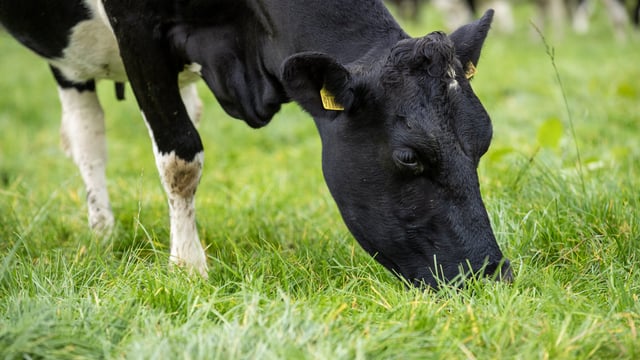EU agri-food exports grew 4% in March
EU agri-food exports reached €20.1 billion in March 2024, marking a 4% month-on-month increase.
The European Commission also reported a notable increase in its agri-food trade surplus, reaching €6.7 billion in March 2024.
This represents an 8% rise from the previous month and a 3% increase compared to March 2023.
The UK continued to be the primary destination for EU agri-food exports, accounting for 22% of the export value.
During the first quarter of 2024, exports to the US saw the most significant rise, increasing by 6% (€372 million).
Despite a 12% reduction in value, China remained the third largest destination for EU agri-food exports.
Other notable changes included increased exports to Iraq and Lebanon, while exports to Russia and Egypt decreased.
The most substantial growth in exported products was seen in olives and olive oil, which surged by €615 million, a 51% increase from the previous year.
Exports of coffee, tea, cocoa, and spices also rose by 10%, driven mainly by increased cocoa prices.
Sugar and isoglucose exports maintained high levels, while cereal exports experienced a rise in volume but a drop in value due to lower prices.
In contrast, vegetable oils and dairy products saw declines in both prices and volumes, according to the European Commission's monthly data.
Imports into the EU remained stable at €13.5 billion in March 2024, though this was 10% lower than in March 2023.
The primary sources of EU imports included Brazil, the US, and the UK.
Imports from Brazil, primarily soybeans and coffee, saw a slight decline, while imports from the US, particularly corn and nuts, remained steady.
Imports from the UK, including beverages and meat products, also saw minor fluctuations.
The stability in import values, combined with the rise in exports, contributed to the overall growth in the trade surplus





